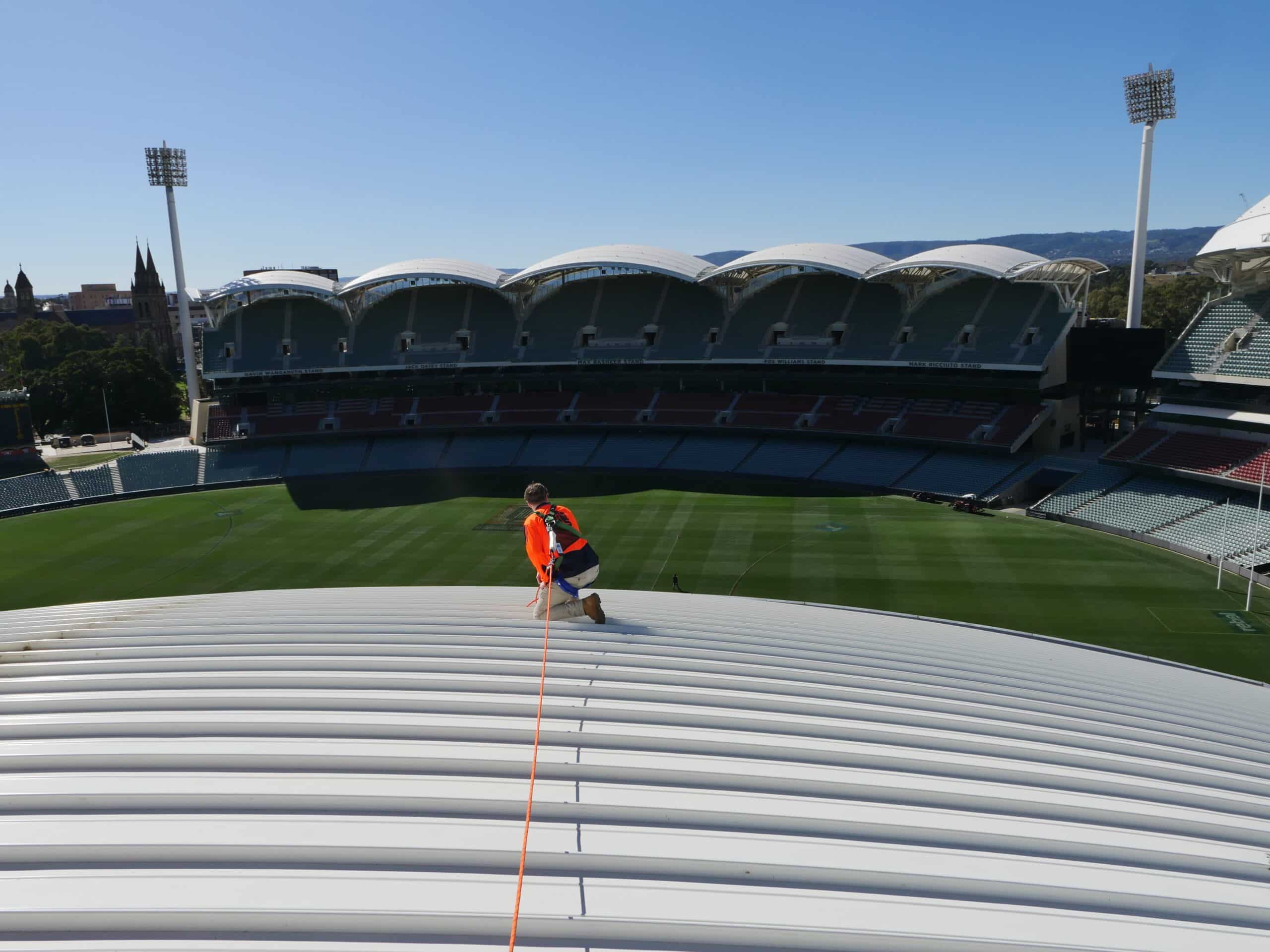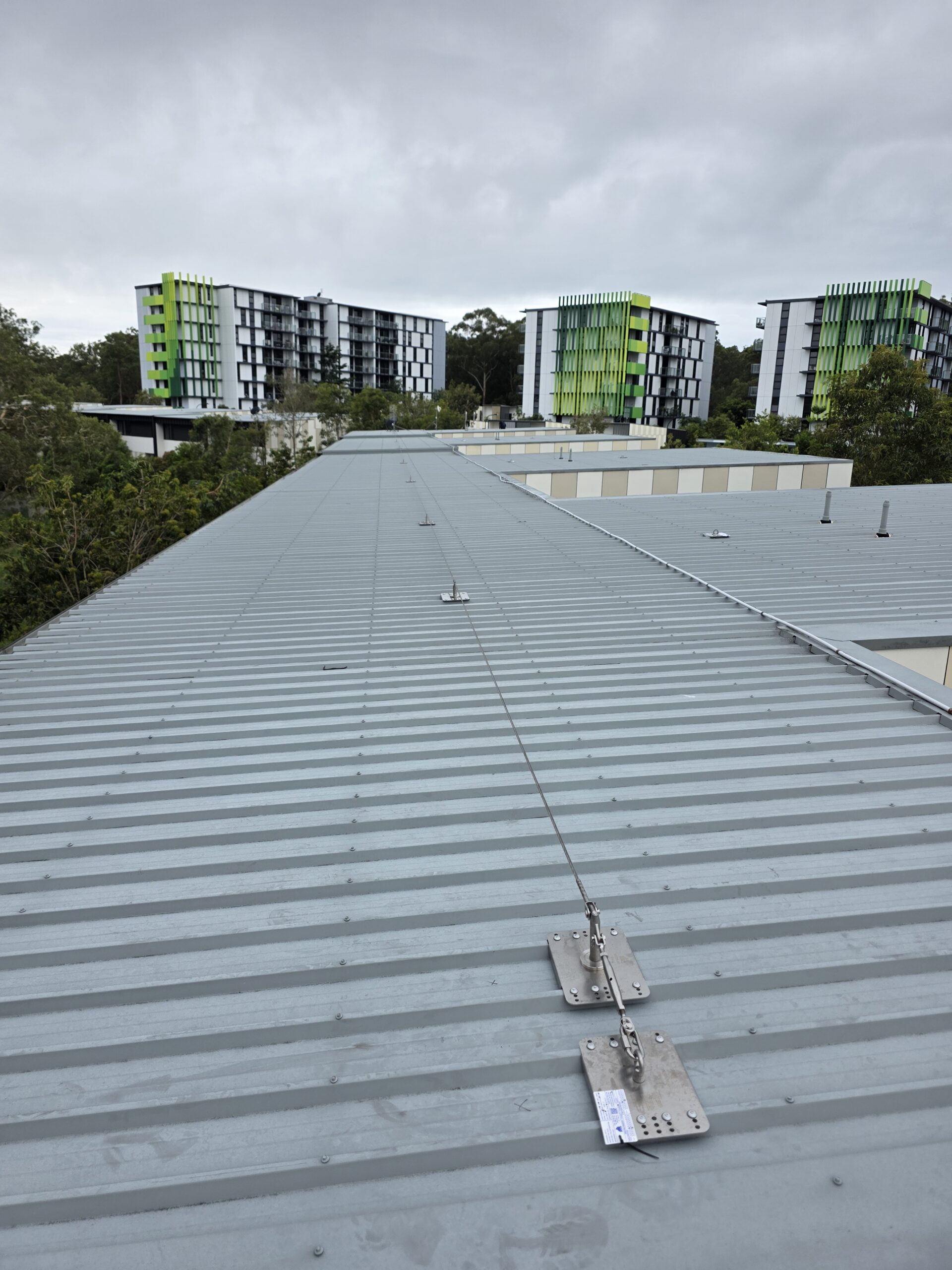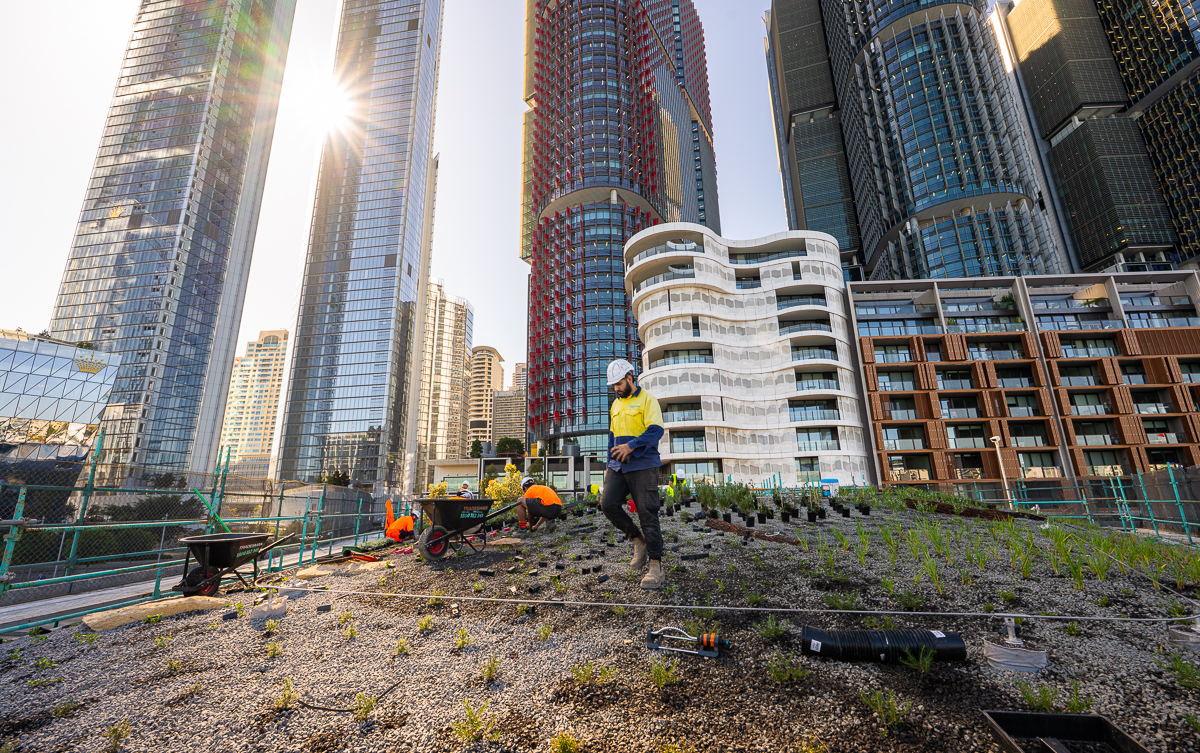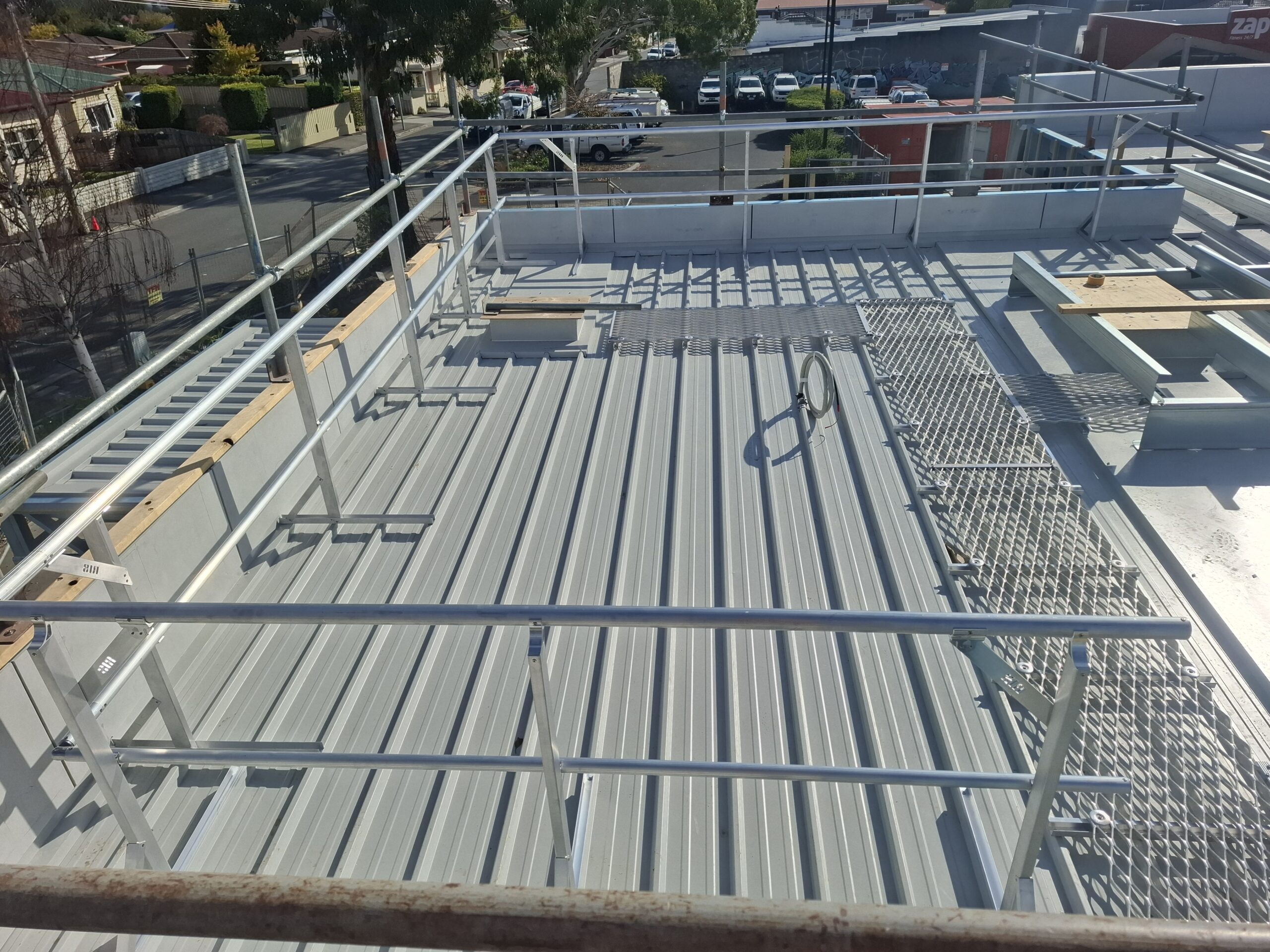Working at heights is one of the most dangerous jobs in Australia. According to Safe Work Australia, the construction industry accounts for more than 30 per cent of worker fatalities from falls, slips, and trips each year. Many more workers are seriously injured in falls from roofs, ladders, scaffolding and other elevated surfaces.
It’s critical to have the right height safety equipment and systems in place to protect your workers. For that to happen it’s just as important to ensure your access systems and protective equipment is properly reviewed and maintained by a specialist height safety inspector.
When the lives of workers and end users depend on your solutions and services, you need to work with the best inspectors in the business. At RISSafety, our team of experienced height safety inspectors is rigorously trained and accredited to inspect, test, audit, and certify all types of height safety equipment and systems to ensure they meet the latest Australian Standards.
RISSafety provides the most extensive range of services to improve the safety of people working at heights and in confined spaces, on any structure throughout Australia, New Zealand and Southeast Asia. Our decades of experience in designing, manufacturing, installing, and inspecting height safety equipment keep your team and contractors safe on site. Here are some key factors to look for when choosing a height safety inspection provider.
Accreditation and training
Australian law specifies that inspectors possess the required level of training, qualifications or experience to be competent under the Work Health and Safety Act 2011. At a minimum, height safety inspectors should be competent in the specific equipment and systems they will be inspecting and testing.
At RISSafety, our inspectors receive ongoing training to maintain and expand their skillsets across all areas of site inspections and certifications. This is especially important for system inspections and recertifications to ensure that system users remain safe, says RISSafety’s Services Director, Barry Johnson.
“When it comes to recertifying items like fall-arrest systems, roof anchor points, rail systems and PPE, complacency can cost lives,” Barry says. “Regular recertification ensures your height safety gear and knowledge remain compliant, and that protects workers, end users and your company.”
Experience across industries
Of course, training and certification must be complemented by real-world experience when it comes to inspecting height safety equipment and PPE, and understanding the challenges that come with site constraints. It is important to look for providers with an experienced team that has spent years in the field inspecting all types of equipment across different industries and applications.
RISSafety’s inspectors have many combined decades of on-the-job experience. This expertise means we can create appropriate solutions to meet site constraints and budgets, as well as systems that match the ability of workers using the systems.
“Every one of our inspectors not only has many years of height safety and recertification inspection expertise, but many have been with the organisation for a long time,” says Barry. “That means they are across all aspects of our services with experience to deal with all manufacturers’ systems on all types of buildings and structures.”
Responsiveness and geographic availability
Height safety inspections are crucial before work can proceed at a construction site or other elevated workplace. You need inspectors who are responsive and able to get to your site as soon as possible to avoid costly delays and downtime. According to a 2023 Value of Reliability survey from ABB, 69% of industrial businesses experience unplanned outages at least once a month, which costs the typical Australian business close to $349,000 per hour.
RISSafety has a team of inspectors based in all major Australian cities that can deploy to anywhere in Australia, often at short notice, and it is this responsiveness that leads to a long-lasting partnership with many of our clients. In one instance a client reached out to our team for assistance in meeting contract obligations to a State Government after their existing service provider was unable to. “We immediately engaged our team, inspecting over 400 sites in less than two months,” explains Barry. “This quick action ensured the client did not face financial penalties for breaching contract obligations.” It is this quick action that led to inspections of more than 800 sites per year for the client thereafter.
Detailed reporting and documentation
Experienced height safety inspectors understand the importance of completing comprehensive documentation and reporting after audits. Our inspectors provide detailed, written reports that clearly outline the results of all inspections performed, the condition of the equipment, any maintenance or repairs required, and next recertification inspection dates.
RISSafety’s inspection management software generates thorough, professionally presented reports with full photographic evidence of every check that was carried out.
“Our clients tell us that having an easy-to-read format means there is no room for confusion, and the accompanying photos help illustrate items raised in the report,” says Barry. “Our inspectors are trained to identify defective equipment, or PPE that is approaching its end of life, so showing photos can help clients understand the importance of replacing crucial equipment.”
Documentation is not only essential for maintaining safety compliance, but it creates an audit trail to protect your business. Penalties for failing to implement and document adequate safe work procedures for working at heights can vary depending on the state or territory and the specific circumstances but can be up to $3 million for a corporation and up to $600,000 and/or 5 years imprisonment for an individual.
When working at heights, your safety standards can’t be compromised. Make sure you choose height safety inspectors with the right accreditations, extensive experience, availability when you need them, and rigorous reporting practices. Contact us today.



